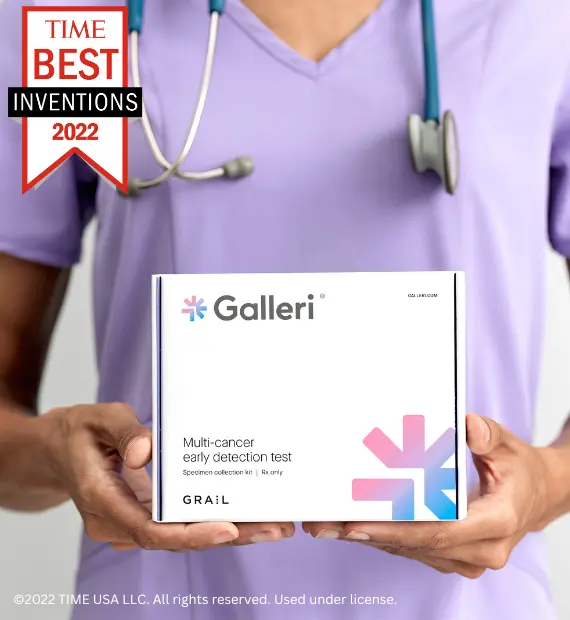
Patients needing to schedule appointment for services should call our scheduling line at 201-418-3220.

For questions regarding patient transportation to or from an appointment, contact our Concierge Hotline at 844-211-2273.

Patients needing to schedule appointment for services should call our scheduling line at 201-418-3220.





